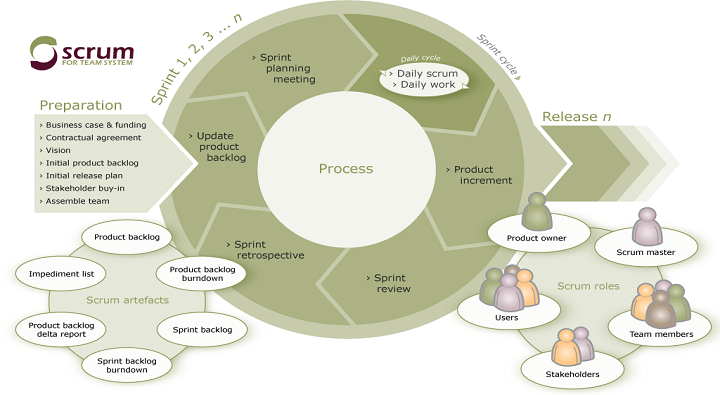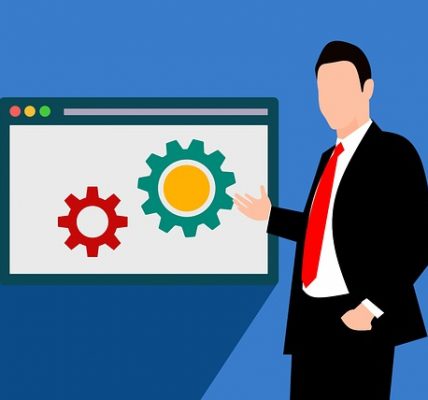Scrum is an important agile program development framework for organizing programs, tasks and merchandise or application development. Its aim is on a flexible, holistic product development scheme where a development group works as a unit to come to a widespread aim as they are against traditional, sequential approaches. Scrum enables the creation of self-organizing teams by boosting co-location of all team constituents and verbal connection amidst all team members and disciplines during the task.
A key standard of Scrum is its recognition that throughout a task the customers can change their minds about what they want and need (often called obligations churn) and that unpredicted challenges will not be effortlessly addressed in a customary predictive or designed manner. This way, Scrum has become famous among software development and software outsourcing companies due to the empirical type of approach adopted accepting that the difficulty will not be fully appreciated or defined, focusing instead on maximizing the team’s ability to consign quickly and reply to emerging obligations. Each day during the sprint, a project group connection gathering happens. This is called an everyday Scrum (meeting) and has exact guidelines:
• All constituents of the development group come well informed about the necessary updates for the gathering
• The gathering begins accurately on time even if some development group constituents are missing
• The gathering should happen at the same location and time every day
• The meeting extent is set (time boxed) to 15 minutes
• All are welcome, but commonly only those who play centre roles speak
Throughout the meeting, each team member answers three inquiries:
• What have you finished since yesterday?
• What are you design planning on doing today?
• Any impediments?
The Scrum of Scrums (meeting) is a technique to scale scrum up to large development assemblies (over a dozen people), which permits clusters of groups to analyse their activities. Each and every custom scrum within a sub-team finishes by designating one member as an ambassador to participate in daily gatherings with ambassadors from other teams, called the Scrum of Scrums. The agenda will be the same as in the case of a custom Scrum, with the following four questions:
• What has your group finished since our previous gathering?
• What will your group do before we meet again?
• Is anything affecting the progress of your group?
These are all important basic aspects to consider about Scrum development because it highly influences the way in which the concept can or cannot function and prove to be successful on the long run.
About the Author:
This article has been written Yacdani Lopez, a software developer and technology enthusiast from Antaresmit.com. He loves to blog in the software development niche and has been contributing on many blogs.











![Watch Video Now on xiaohongshu.com [以色列Elevatione perfectio X美容仪 perfectio X 全新仪器黑科技了解下]](https://www.techburgeon.com/wp-content/uploads/2019/07/perfectiox-singapore-150x150.jpg)
